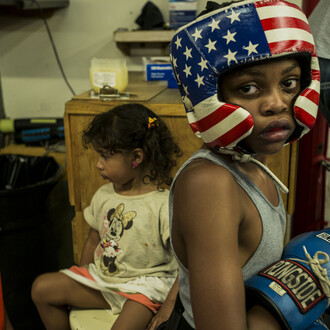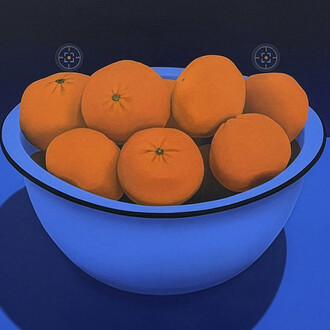For the very first time InLiquid will give you an unparalleled opportunity to see a group show featuring three world-class artists: Walter Darby Bannard, Chuck Connelly, and Oswald Romberg. The works of all three artists have been featured in major museums for over the last forty years; all three have won countless awards both nationally and internationally. InLiquid will exhibit these works in one grand room --- to educate, stimulate, and engage you.
Clement Greenberg, the famous 20th-century art critic, named Darby Bannard one of the four best American artists of the 20th Century. Bannard graduated from Princeton, but was a self-taught abstract painter whose works were included in the 1964 exhibition called “Post Painterly Painting” at the Los Angeles County Museum of Art. The Tibor de Nagy Gallery in New York began representing Bannard soon thereafter. His last solo exhibition was at the Roberto Polo Gallery in Belgium, curated by Barbara Rose. After a lifetime of painting, Bannard died in 2016 in Florida where he has been a much-celebrated professor at the University of Miami. He will be long remembered not just for his extraordinary color field paintings, but also for his art criticism, which has been celebrated both for its brilliance and readability. Chuck Connelly is a Pittsburgh-born and Philadelphia-based contemporary painter. He rose to fame along with Julian Schnabel and Jean-Michel Basquiat in the New York City art world, where the Annina Nosei Gallery began to show Connelly’s work. Years later the main character of Martin Scorsese’s short film “Life Lessons” is loosely based on the Connelly’s life. He was also the subject of the 2008 Emmy- Award-winning HBO documentary “The Art of Failure: Chuck Connelly Not for Sale”. In 2014 Caroline Millett arranged a highly celebrated solo show for Connelly at The Andy Warhol Museum.
Osvaldo Romberg is the current senior curator at The Slought Foundation in Philadelphia. Born in Argentina, Romberg works and lives in New York, Philadelphia, Israel, and Brazil. He taught at the Bezalel Academy of Arts and Design in Israel for 20 years until 1993, when he began teaching at the Pennsylvania Academy of the Fine Arts. His paintings, books, installations, films, and architectural watercolors have been exhibited internationally, notably at The Philadelphia Museum of Art.
All three artists will be included in the InLiquid Gallery opening on September 12,2018. This utterly unique exhibition is dedicated to the collection of Caroline Dunlop Millett, a Philadelphia based art collector whose multifaceted career as an American career diplomat, an interior designer, and as a historic preservationist. She received a commendation from President Ford in 1976 for her extensive preservationist accomplishments in Washington. Over a lifetime she shaped an art collection, reflective of her special experiences in the art world. Her relationships with Bannard, Connelly, and Romberg go beyond what exists on the canvas; she has many stories to tell. She met Bannard in Washington in 1975, when he became a member of the International Exhibitions Committee sponsored by The Department of State. Years thereafter, in 2005 Millett met Chuck Connelly in Philadelphia and she immediately began promoting and selling his work. During these years she also met Osvaldo Romberg and began working on an ambitious neighborhood art park project with him. She continues a close and personal friendship with the Romberg family to this day.
Millett’s collection reflects her personal and professional journey, beginning with her roots in the Midwest. Throughout her lifetime Millett sought out brilliant artists within her social and intellectual circles. She built a truly unique collection of highly accomplished artists, most notably are Bannard, Connelly, and Romberg. However, Millett owns works by many other notable artists who are included in our exhibition: Ursula Sternberg, Tarsila do Amaral and Peggy Gyulai. Also George Van Millett cannot be forgotten: Caroline Millett is proud to say that her first artistic conviction surfaced at the age of nine when she retrieved her great uncle’s drawing “Young German Boy” from her family’s household trash. Her caring mother allowed her to keep this “dreary” artwork in her bedroom, but only on the condition that her guests did not see the “ugly old thing”. To this day that German boy is one of Caroline’s proudest possessions.
















